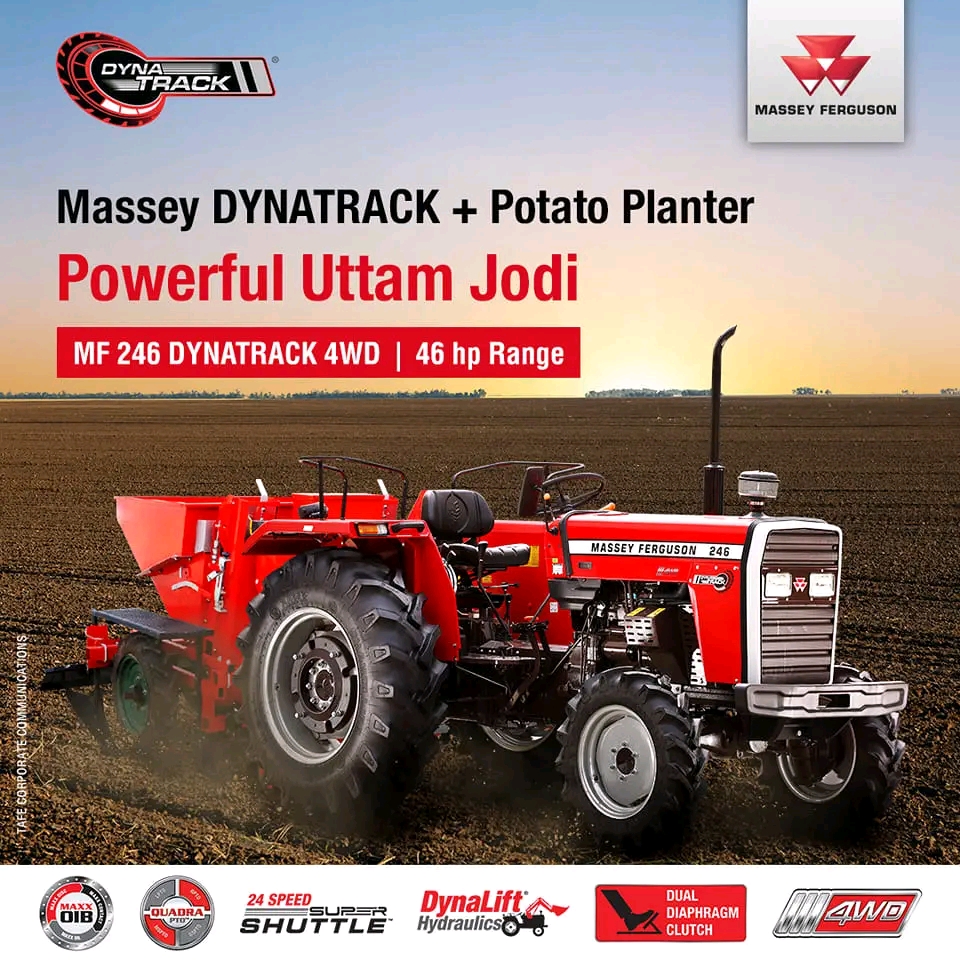ARTI DHRUW (Ph.D Scholar in Agricultural Economics)"
Department of Agricultural Economics,
Indira Gandhi Agriculture University, Raipur (C.G.)"
Introduction:
The Goods and Services Tax (GST), It is an indirect tax introduced in India on 1st July 2017 to replace multiple taxes like excise duty, VAT, service tax, etc. GST is levied on the supply of goods and services and is collected at every stage of the supply chain, but the burden ultimately falls on the final consumer. While GST has primarily been discussed in the context of businesses, its impact on agriculture and farmers is significant but nuanced. Agriculture in India constitutes around 18% of the country’s Gross Domestic Product (GDP) and employs nearly 42% of the population. Any tax reform that affects this sector directly influences livelihoods, commodity pricing, and the broader economy. GST was implemented to create a seamless flow of goods and services, reduce cascading taxes, and encourage formalization. However, its benefits and limitations for agriculture remain complex and require detailed analysis.
Data-Based Context:-
1. Contribution of Agriculture
India is the second-largest producer of rice, wheat, sugarcane, fruits, and vegetables globally. The agricultural sector contributes approximately ₹20 lakh crore (USD ~250 billion) annually to the national GDP.
2. GST in Agriculture
Basic food grains, fresh fruits, vegetables, and milk are exempt from GST. Inputs such as fertilizers, pesticides, and machinery attract GST between 5% and 18%. Agricultural services like cold storage, warehousing, and transportation attract GST of 5%–12%.
3. Impact on Agri-Value Chain
Farmers sell produce through mandis (regulated markets) or directly to consumers. GST reduces cascading tax effects in the supply chain, theoretically lowering costs.
Example: Before GST, urea at ₹500 per bag included multiple taxes; post-GST, it is taxed at a single 5%.
Benefits of GST in Agriculture:
1. Reduction in Input Costs
GST has subsumed VAT, excise duty, and service tax, lowering the complexity of purchases. Tractors, pumps, and harvesters are taxed uniformly at 12%–18%, compared to varied state VAT rates earlier.
2. Formalization and Market Integration
GST promotes digital invoicing, e-way bills, and integration with e-commerce platforms. Small farmers gain better access to formal markets, reducing dependence on intermediaries.
3. Incentives for Agricultural Services
Cold storage, warehousing, and transport taxed at only 5%. Encourages investment in logistics, reducing post-harvest losses (15%–20% for fruits/vegetables).
4. Improved Transparency and Compliance
Electronic invoicing enhances accountability in agri-trade. Input Tax Credit (ITC) allows farmers to offset GST on machinery and services.
5. Uniform Tax Rates Across States
Pre-GST, state-wise taxes created inefficiencies. Now, uniform GST rates streamline interstate trade in agri-inputs and machinery.
Demerits and Limitations of GST in Agriculture:
1. Complex Compliance for Small Farmers
Small farmers struggle with GST registration and ITC claims. Digital literacy gaps in rural areas worsen compliance difficulties.
2. Higher Costs for Certain Inputs
Pesticides, hybrid seeds, and irrigation equipment attract 12%–18% GST, higher than earlier VAT in some states.This raises input costs for small and marginal farmers.
3. Limited Coverage for Primary Producers
Food grains exempt, but processed products (packaged foods, juices) taxed at 12%–18%. Farmers engaged in processing face higher tax burdens.
4. Impact on Agri-Exports
Refund delays in GST increase working capital requirements. Exporters face cash flow challenges due to delayed ITC claims.
5. Dependency on Digital Infrastructure
E-filing requires strong internet access, still inconsistent in rural India. Without adequate infrastructure, farmers may remain excluded.
Case Examples
Fertilizers: Urea taxed at 5% post-GST; prices slightly red ITC benefits for manufacturers.
Cold Storage Investments: New facilities in Maharashtra and Uttar Pradesh emerged post-GST due to simplified tax structures.
Agri-Tech Platforms: Marketplaces like Ninjacart and BigHaat use GST-enabled systems, formalizing trade and improving ITC claims.
Conclusion:
GST has modernized India’s taxation system, creating new opportunities for agriculture through simplified taxes, reduced cascading effects, and better market integration. Yet, digital barriers, higher input costs, and refund delays remain key challenges, especially for small farmers. To ensure inclusive growth, simplified compliance, timely refunds, lower rates on essentials, and stronger rural digital infrastructure are vital.











0 Comments